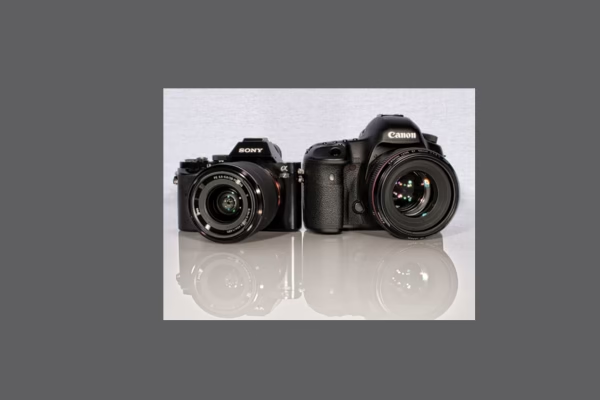
In an era where digital photography dominates everything from smartphones to professional DSLRs, something unexpected is happening: film photography is making a comeback.
Across Europe and the United States, photographers — both seasoned pros and curious newcomers — are rediscovering the charm of analog. Whether it’s the grainy texture, nostalgic color tones, or the deliberate pace it demands, film is once again being embraced not just as a technique, but as a creative philosophy.
Why Is Film Photography Coming Back?
The film revival isn’t just about looking retro. It’s about slowing down, being intentional, and reconnecting with the craft.
Here are some key reasons behind its resurgence:
- Tangible Process: Unlike digital, film forces you to think before you shoot. With only 24 or 36 exposures, every frame counts.
- Unmatched Aesthetics: Film renders color, contrast, and grain in ways that are difficult to replicate digitally. The imperfections often feel more authentic and emotionally resonant.
- Nostalgia Culture: In a world overwhelmed by instant gratification, film taps into the desire for analog experiences — much like vinyl in music or handwritten journals.
- Creative Constraints: With limited exposure and manual settings, film pushes photographers to learn light, composition, and exposure fundamentals.
Photographers in cities like Berlin, London, New York, and Los Angeles are leading this revival, with film-specific exhibitions, photo walks, and zines gaining popularity in the creative community.
The Rise of Hybrid Workflows
Rather than choosing between digital and film, many modern photographers are blending both in a hybrid workflow.
Here’s how hybrid shooting typically works:
- Shoot on Film – Use 35mm or medium format cameras for portraits, street photography, or landscapes.
- Develop & Scan – Home-develop or send rolls to a lab, then scan negatives using a DSLR or flatbed scanner.
- Edit Digitally – Use software like Lightroom to make light edits without losing the film’s character.
This approach gives photographers the aesthetic of film with the flexibility of digital. It’s especially popular in wedding photography, fashion editorials, and fine art projects.
Best Film Stocks for Beginners
If you’re just starting with film, here are some beginner-friendly film stocks that offer versatility and beautiful results:
- Kodak Gold 200 – Affordable and forgiving with warm, vintage tones. Great for daylight and casual shooting.
- Fujifilm Superia X-TRA 400 – A balanced all-rounder with vibrant colors, especially good for outdoor or travel photography.
- Ilford HP5 Plus 400 – A classic black-and-white film that performs well in various lighting conditions and is ideal for street or portrait work.
- Kodak Portra 400 – A bit pricier, but widely loved for its natural skin tones and fine grain — perfect for portraits and weddings.
Pro tip: Start with 35mm before exploring medium format, which requires a bit more investment and technical know-how.
Conclusion: Back to the Future
Film photography isn’t just nostalgia — it’s a creative rebellion against perfection. In 2025, photographers are picking up analog gear to reconnect with storytelling, imperfection, and emotion.
Whether you’re shooting a single roll on a weekend getaway or building a hybrid portfolio for clients, film offers something digital often can’t: a slower, more intentional way to see the world.
So dust off that old Canon AE-1 or try a point-and-shoot — because film is not dead. It’s alive and developing.


